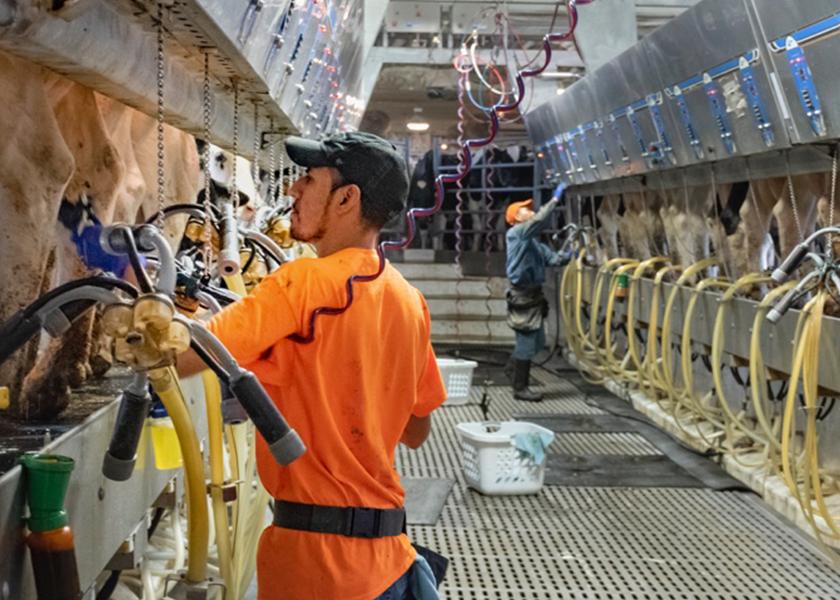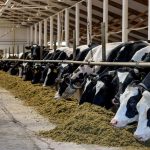
The April Milk Production report sent Class III futures lower as milk production held better than expected. This was a surprise in itself with another surprise being the revision in milk production for March. Milk production in the top 24 states for March was reported as being down 0.9% and down 1.0% in the country. The April report showed a revision with production in the top 24 states down 0.5% and milk production in the country down 0.7%. This was a significant revision from the previous month.
There has been anticipation of milk output tightening and continuing to fall significantly below the level of last year heightened by the H5N1 virus, the tightening heifer supply, and increased culling due to low milk prices. This perception has resulted in Class III and Class IV milk futures rising substantially since early April. Class III futures were impacted more by perception and the increase in spot cheese prices resulting in the June contract gaining over $5.00 per cwt. Class IV futures increased mostly from the rise of the spot butter price and not much on the perception of the price potential.
The reality of a significant impact on production due to the H5N1 virus has not surfaced at this point. The April production report showed the two states with the most cases showed variable milk production. Milk production in Texas declined 3.3% from a year ago while Michigan gained 0.5%. Milk production per cow in Texas was down 55 pounds while milk production in Michigan was down 5 pounds per cow. Cow numbers in Texas were down 5,000 head in April while cow numbers in Michigan were up 3,000 head. This does not indicate that there has been a significant impact from the virus even though it impacts cows and milk production for a short period. However, it may impact a cow’s lactation curve depending on the stage of her lactation. In April, 8 out of the top 24 states showed a decline in milk production per cow. Of the top 24 states that have confirmed cases of the H5N1 virus, four states showed a decrease in milk production per cow, two states showed unchanged milk production, and two states showed an increase in production per cow compared to a year ago.
The potential for tightening milk production from the lack of an abundant supply of heifers may remain an issue for some time. The profitability of breeding a percentage of the dairy herd to beef on dairy has reduced the number of heifers available to the dairy industry. It has not eliminated them but has raised prices substantially. The recent rise of milk futures and the potential for higher milk prices as the year progresses reduced the anxiety of purchasing heifers at higher prices. It also slows the rate of culling that would have been seen if milk prices had remained low. This was seen in the April Livestock Slaughter report which showed dairy cattle slaughter at 238,200 head. This was down 6,400 head from March and down 5,400 head from April 2023. This was the lowest monthly slaughter since December 2023 and the lowest April slaughter since 2022.
























